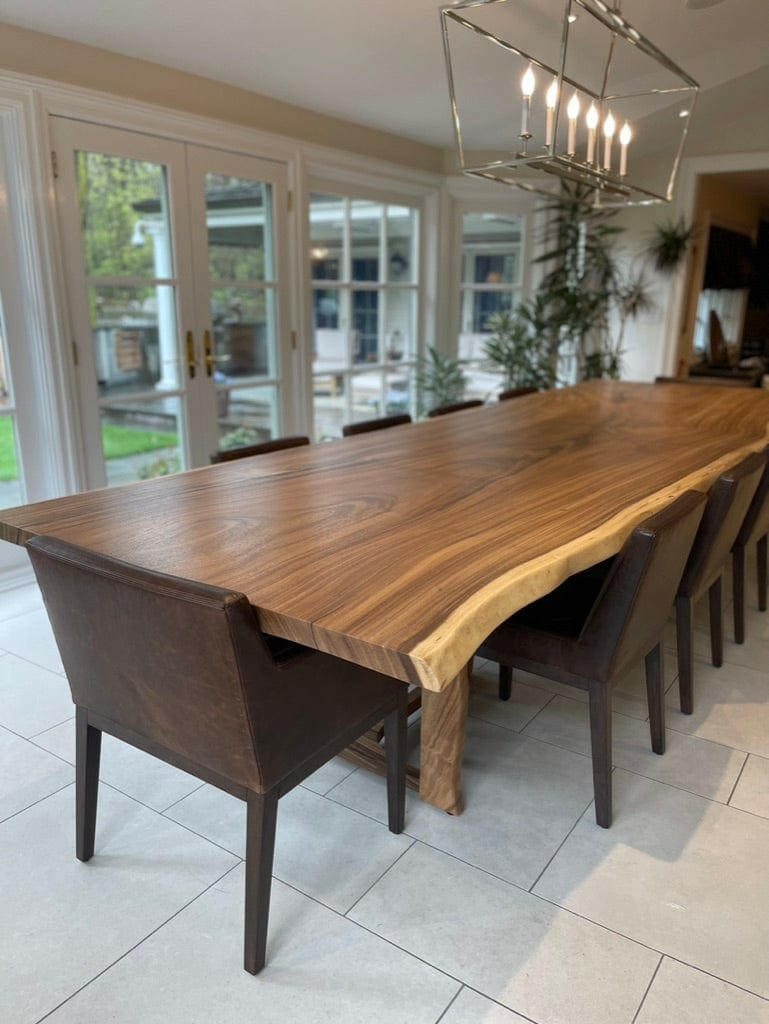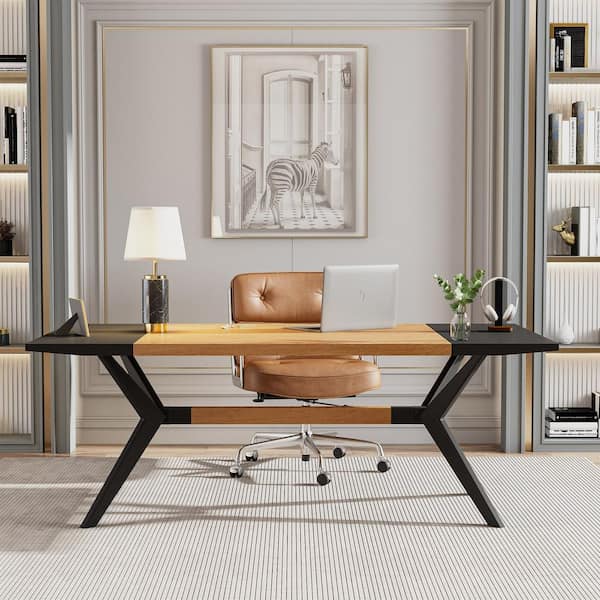Exploring Various Layouts for Dining Room Table Legs to Match Your Visual
Exploring Various Layouts for Dining Room Table Legs to Match Your Visual
Blog Article
Eating Table Legs: How to Select the very best Designs for Your Space
Selecting the best table legs is vital for both aesthetic and practical harmony in your dining space. Whether your room boasts a sleek, modern-day ambiance or leans in the direction of a much more traditional ambiance, the design of the legs can dramatically affect the total appearance. Tapered legs show contemporary sophistication, while transformed legs offer a nod to classic appeal. Beyond design, the product-- be it warm wood or streamlined metal-- plays a pivotal duty in establishing the tone. Just how do you ensure these components match your existing decoration while giving the required security? The solution lies in a well balanced method.
Evaluating Your Dining Room Design
How do you figure out the very best table legs for your space? The answer starts with a complete analysis of your eating room style. A natural layout guarantees that your table legs boost the total visual as opposed to clash with existing aspects. Beginning by observing the architectural features of your dining-room. Are there famous qualities such as subjected light beams, elaborate moldings, or minimalist lines? These information frequently determine whether a conventional, rustic, contemporary, or commercial style is most suitable.
A dining area with smooth, modern chairs and metallic accents might benefit from straightforward, streamlined table legs. On the other hand, an area filled with vintage pieces and abundant textiles could call for luxuriant, carved legs.
Illumination likewise impacts understanding. Natural light can highlight particular products and surfaces, while man-made lighting can highlight different facets. Account for the room's scale and percentages. Large, open dining-room can suit larger, much more considerable legs, whereas smaller sized rooms require more fragile, inconspicuous styles. By thoroughly reviewing these factors, you can select dining table legs that harmoniously blend with your dining-room's design.
Popular Leg Styles Discussed

One widespread design is the conical leg, renowned for its smooth, contemporary appearance. Next off, the turned leg features intricate spindle-like designs, often found in conventional and farmhouse setups.
Cabriole legs, with their unique curves, are identified with French Provincial and Queen Anne furnishings. Their graceful, flowing lines bring a sense of refinement and historical charm (dining room table legs). For those favoring a durable and uncomplicated design, square legs provide durable assistance and a tidy, geometric appearance, perfect for commercial or minimal spaces
Last but not least, hairpin legs supply a retro, mid-century contemporary vibe. Made from steel, these legs are both lightweight and strong, adding a special aesthetic contrast to wooden tabletops. Comprehending these styles will certainly lead you in picking dining table legs that boost your area's visual and capability.
Product Considerations

Wood is a timeless choice, known for its warmth and adaptability. It can be found in numerous species such as oak, walnut, and maple, each offering one-of-a-kind grain patterns and shades. Steel legs, commonly made from stainless steel, iron, or light weight aluminum, give a contemporary and commercial look while ensuring durable support. They are usually much more immune to use and tear, making them a resilient choice.

Various other materials like bamboo or rattan offer environment-friendly alternatives, bringing a natural and loosened up ambiance to the eating area. Each material has its benefits and drawbacks, and the very best option will depend on your details needs and choices.
Balancing Aesthetics and Functionality
Attaining the excellent balance between visual appeals and functionality is pop over to this site crucial when picking dining table legs. While the visual allure of table legs can significantly boost the total useful link setting of an eating area, their practical aspects can not be overlooked. The style of the legs must harmonize with the area's decoration, yet they ought to also supply ample support and stability for the table.
Think about the architectural design of your area. Streamlined, modern interiors might benefit from minimalist, metal legs that offer a clean and inconspicuous look. On the other hand, conventional setups usually complement transformed or carved wooden legs that add a touch of beauty and class.
Capability encompasses the security and toughness of the legs. As an example, trestle legs, understood for their robustness, can provide solid support for bigger tables, making them ideal for households or constant artists. dining room table legs. Conversely, pedestal legs can supply more legroom and versatility, permitting better seats arrangements
Moreover, the height and positioning of the legs are important for comfortable dining. Legs positioned too far inward may hinder seats, while those as well near to the edge can restrict motion. Hence, thoughtful consideration of both from this source aesthetic and practical components is paramount for an optimal dining experience.
Customization and DIY Options
Customization opens up a realm of opportunities for developing table legs that are uniquely tailored to your taste and demands. Whether you seek a standard, modern, or eclectic appearance, personalized alternatives enable you to pick the exact materials, finishes, and creates that best complement your space. Customizable options array from choosing the kind of timber-- such as oak, maple, or walnut-- to choosing metal surfaces like brushed nickel or antique brass. Moreover, specific design elements, such as turned legs, tapered forms, or complex carvings, can be incorporated to show your design.
For those inclined in the direction of do-it-yourself (DIY) projects, producing custom-made table legs provides both a gratifying experience and the possibility to attain a bespoke visual. DIY enthusiasts can source basic materials and make use of woodworking or metalworking devices to craft legs that satisfy accurate specs. Furthermore, many on-line tutorials and workshops offer assistance, making the process extra obtainable for novices.
Inevitably, whether deciding for specialist customization or embarking on a DIY venture, the capacity to tailor dining table legs makes sure that the last product harmonizes with your interior style vision, improving both capability and visual allure.
Final Thought
Selecting the appropriate eating table legs requires careful consideration of the overall style of the eating room, consisting of existing building features and furnishings. Eventually, the picked table legs ought to complement the style, giving both aesthetic allure and practical assistance.
Report this page